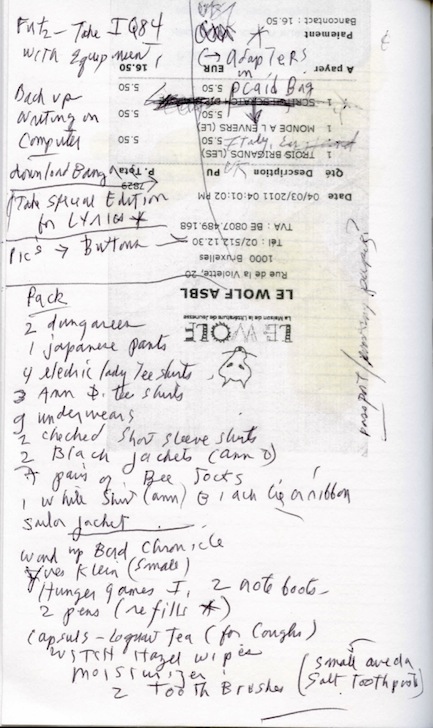The rush to rank the latest Star Wars movie The Force Awakens against its predecessors has got the series’ legions of fans looking back with even more scrutiny than usual at those six chapters of this apparently never-ending cinematic space opera. While Star Wars fans have been known to argue amongst themselves, quite a few of them do agree on certain broader points of assessment: about as many of them call 1980’s The Empire Strikes Back as the best of the bunch as call 1999’s The Phantom Menace the worst. (The worst Star Wars movie, the worst movie, the worst thing — take your pick.)
Much time and energy has gone into the discussion of what makes The Phantom Menace so bad, but what makes The Empire Strikes Back so good? We can get some insight into the matter from the video above, which converts the much-referenced, oft-parodied duel between Luke Skywalker and Darth Vader, complete with the big reveal of parentage and ensuing wail, into a scratchy, twitchy, title card-punctuated, piano-scored (but still faithful to John Williams’ composition) artifact from sometime around 1920. I’ve heard it said that the best songs, however heavily produced in their best-known rendition, work just as well by their very nature when played on nothing but a guitar or piano. The Empire Strikes Back, by the same token, works as a silent film.
This all, if you believe Star Wars creator George Lucas, comes down to music. “Star Wars films are basically silent movies,” he says in the interview clip just above. “The music has a very large role in carrying the story, more than it would in a normal movie. In most movies, the story is carried by the dialogue — in Star Wars films, the music carries the story.” Every installment in the series, from the most beloved to the most execrated, has to hop from world to world quickly while advancing the story, and Lucas sees the music as the “connective tissue” that makes it work: “Without that music there to smooth it out and take you from point A to point B in an elegant way, it becomes very jerky and confused, and the story doesn’t work very well — the film doesn’t work very well.” Does the theory hold for the also Williams-scored The Force Awakens? Let the debate begin.
Related Content:
Fans Reconstruct Authentic Version of Star Wars, As It Was Shown in Theaters in 1977
Star Wars Uncut: The Epic Fan Film
The Empire Strikes Back Uncut: A New Fan-Made, Shot-for-Shot Remake of the 1980 Sci-Fi Classic
The Existential Star Wars: Sartre Meets Darth Vader
Watch a New Star Wars Animation, Drawn in a Classic 80s Japanese Anime Style
Based in Seoul, Colin Marshall writes and broadcasts on cities and culture. He’s at work on a book about Los Angeles, A Los Angeles Primer, the video series The City in Cinema, the crowdfunded journalism project Where Is the City of the Future?, and the Los Angeles Review of Books’ Korea Blog. Follow him on Twitter at @colinmarshall or on Facebook.









